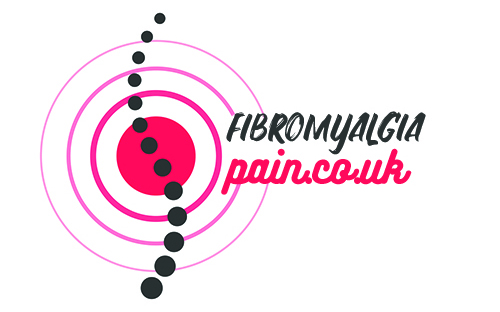Causes and aggravating factors
Current knowledge suggests that this syndrome is due to several concomitant factors:
Physiological factors (hormonal disorders, disorders of the nervous system) people with fibromyalgia feel more pain than others. Fibromyalgia is therefore characterized by a decrease in the pain perception threshold;
Genetic factors;
Environmental factors (trauma, shock, stressful event during childhood or adolescence, then intense stress in adulthood …).
Several factors of aggravation are known: inactivity or overwork, stress, cold and wet climate.
symptoms
Most people experience generalized body aches, stiffness and pain. The symptoms can affect the whole body. Any type of soft tissue (muscles, tendons, ligaments) may be concerned. The soft tissues of the neck, shoulders, chest, rib cage, lumbar region, thighs, arms, and areas around certain joints are particularly likely to be painful. Less often, the lower limbs, hands and feet are sore and stiff. Symptoms can occur on a regular basis (in flares) or almost permanently (chronic).
The pain can be intense. It usually gets worse with fatigue, tension or excessive stress. Specific regions of the muscle are often sensitive when firm pressure is exerted. These regions are called “hot spots”. During relapses, contractions or muscle spasms may occur.
Many of those affected sleep poorly, are anxious, and are sometimes depressed or tense. Fatigue is common, as are mental disorders such as difficulty concentrating and a general feeling of mental cloudiness. Many of those affected have a perfectionist or type A personality. They may also have migraines or tension headaches, interstitial cystitis (a type of bladder inflammation that causes pain during urination), and irritable bowel syndrome. (with an association of constipation, diarrhea, abdominal discomfort and bloating). People may have tingling sensations usually affecting both sides of the body.
Diagnostic
Fibromyalgia is a condition that requires the diagnosis of a doctor. Given the symptoms that may be related to other diseases, it can be difficult for the doctor to identify fibromyalgia in one visit. It must indeed make sure that there are no other causes behind these different problems. Some tests may be necessary. Nevertheless, the evaluation of the following criteria makes it possible to establish a diagnosis of fibromyalgia:
Absence of health problems that could explain the pain;
Presence of generalized pain for at least 3 consecutive months;
Verification of the diffuse pain index of 19 parts of the body and assessment of the severity of fatigue, non-restorative sleep and cognitive symptoms.
Non-drug treatments
Clinical studies have shown that some non-drug treatments can help people with fibromyalgia.
Physical activity, with graduated exercises adapted according to the means of each patient, has proved in the most effective studies against pain and functional disability. It also improves well-being at a modest cost and with no adverse effects. According to EULAR experts, this is the only therapeutic modality that can be “highly recommended” in the management of fibromyalgia. The scientific data do not allow to distinguish the benefits of aerobic exercise from those related to an improvement of muscular strength.
Meditative movement practices (yoga, tai chi, qi gong, etc.) are “weakly” recommended, but seem to have a positive effect on sleep, fatigue and quality of life, whereas purely meditative relaxation practices have a small positive effect on quality of life and pain. Ditto for acupuncture (which seems to improve pain and fatigue) and spa treatments (which could relieve pain and improve quality of life). Some alternative practices are not recommended for lack of evidence of effectiveness: biofeedback, hypnotherapy, physiotherapy, SAM-e (S-adenosyl-L-methionine), capsaicin, homeopathy, guided visualization. Chiropractic is formally discouraged for safety reasons.
Psychotherapies are “weakly” recommended for patients who have mood disorders or who are struggling to adapt to their fibromyalgia. In particular, behavioral and cognitive therapies have shown a weak but significant ability to sustainably reduce pain symptoms and disability, and to relieve mood disorders.
The doctor may also prescribe medication. Antidepressants can help reduce tension, relieve pain, improve sleep and regulate mood disorders that may be associated with fibromyalgia. It is also possible to use muscle relaxers, anti-inflammatories, derivatives of morphine or lidocaine cream.
